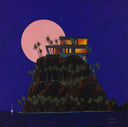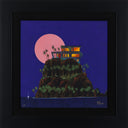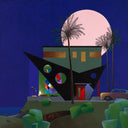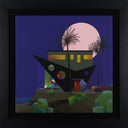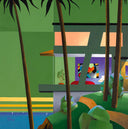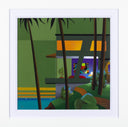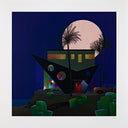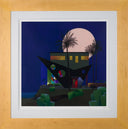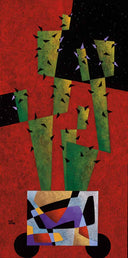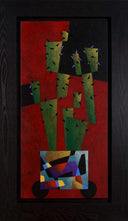About the Artist
René Lalonde (1950–2023) was a Canadian painter whose bold, colorful, and imaginative works blended the traditions of surrealism, cubism, and fauvism with his own unmistakable humor and wit. Known for his playful juxtapositions and vibrant palettes, Lalonde created scenes where everyday life was reimagined with both precision and whimsy. His paintings carry a paradoxical power: they are at once vivid and intense, yet calm, serene, and even buoyant, inviting viewers into worlds that feel both dreamlike and familiar.
Born in Montreal, Lalonde showed an early passion for art, holding his first solo exhibition at the age of 17. He went on to study briefly at L’École du Musée des Beaux-Arts de Montréal but quickly chose an independent path, drawing inspiration from masters such as Magritte, Dali, and Chagall, alongside the pop vibrancy of Warhol, Lichtenstein, and Peter Max. The result was a unique visual language that merged technical precision with a distinctly quirky, humorous sensibility.
Over his career, Lalonde presented more than 175 solo exhibitions around the world, gaining a devoted following of collectors drawn to his ability to transform the ordinary into something extraordinary. Today, his art resonates as both a celebration of imagination and a reminder of the joy and wonder that painting can bring. His legacy is one of color, craft, and a singular vision that continues to inspire.




